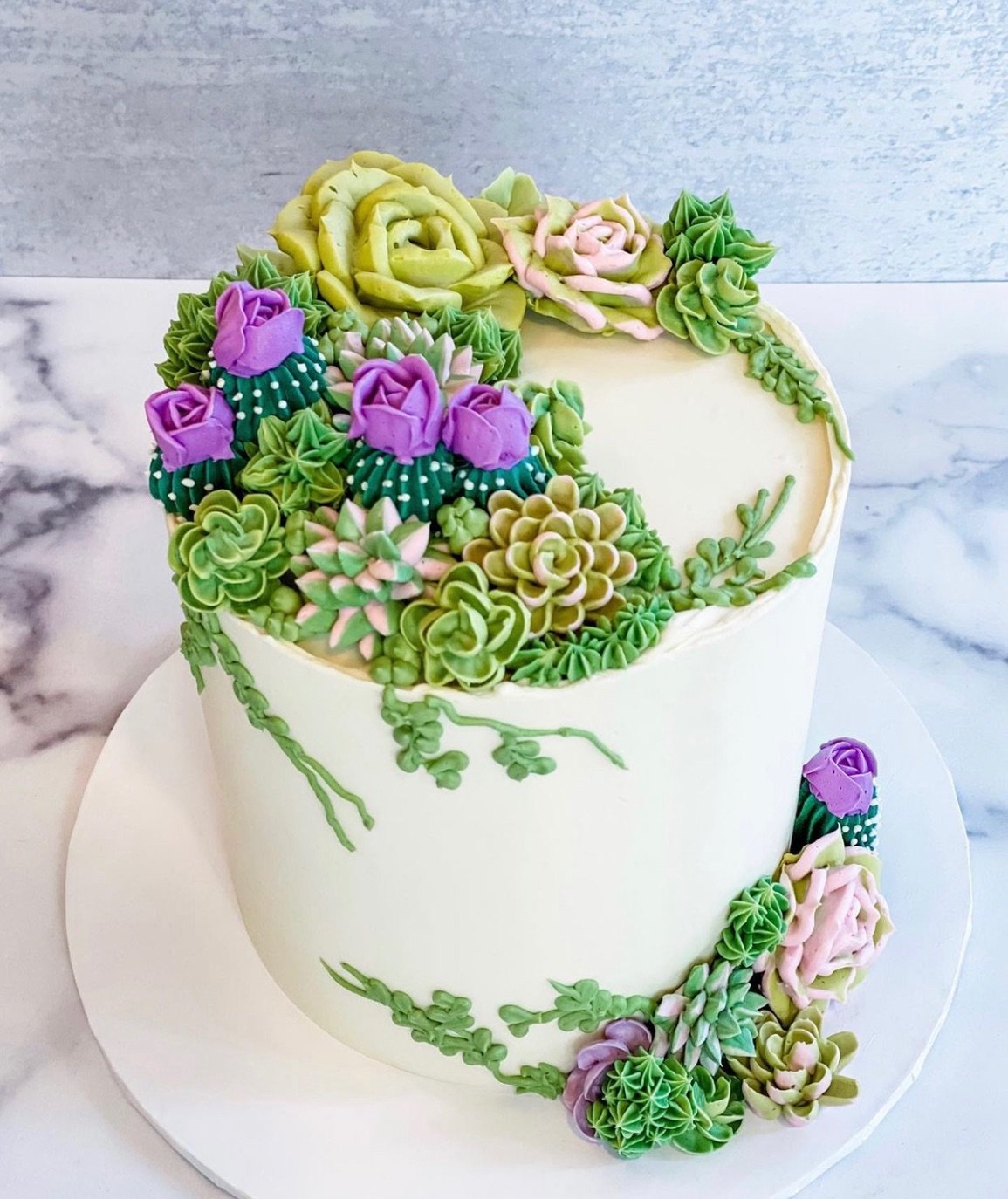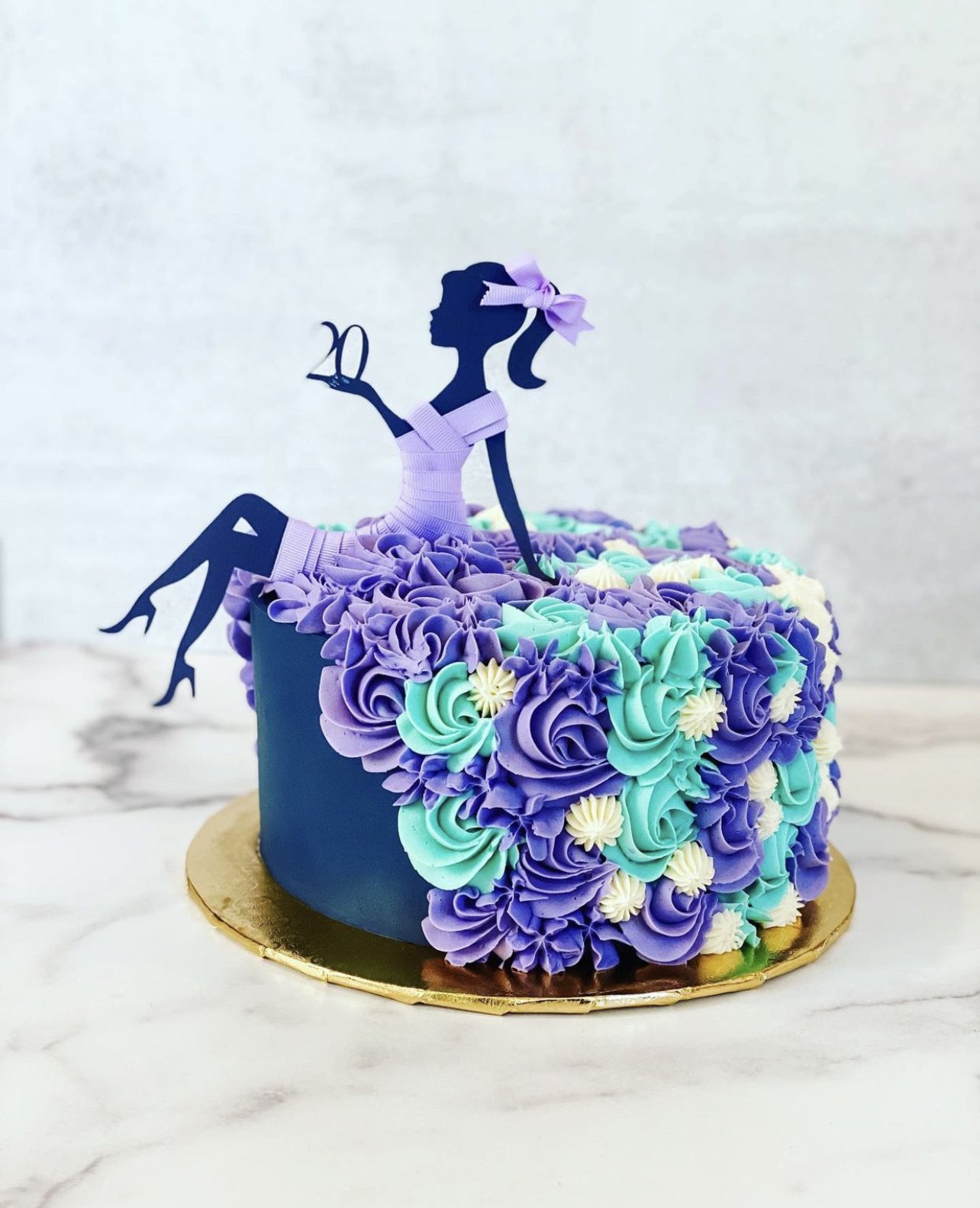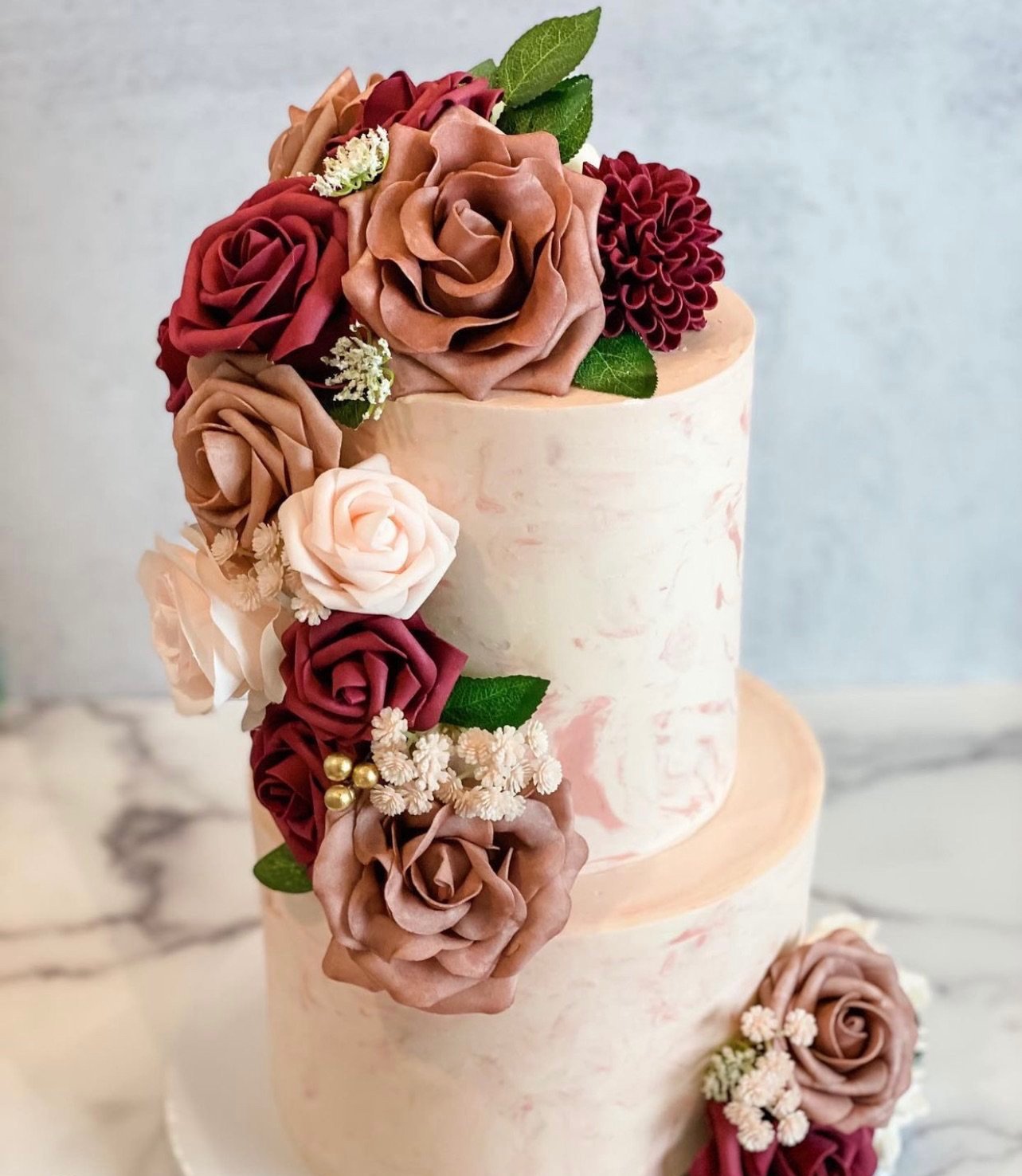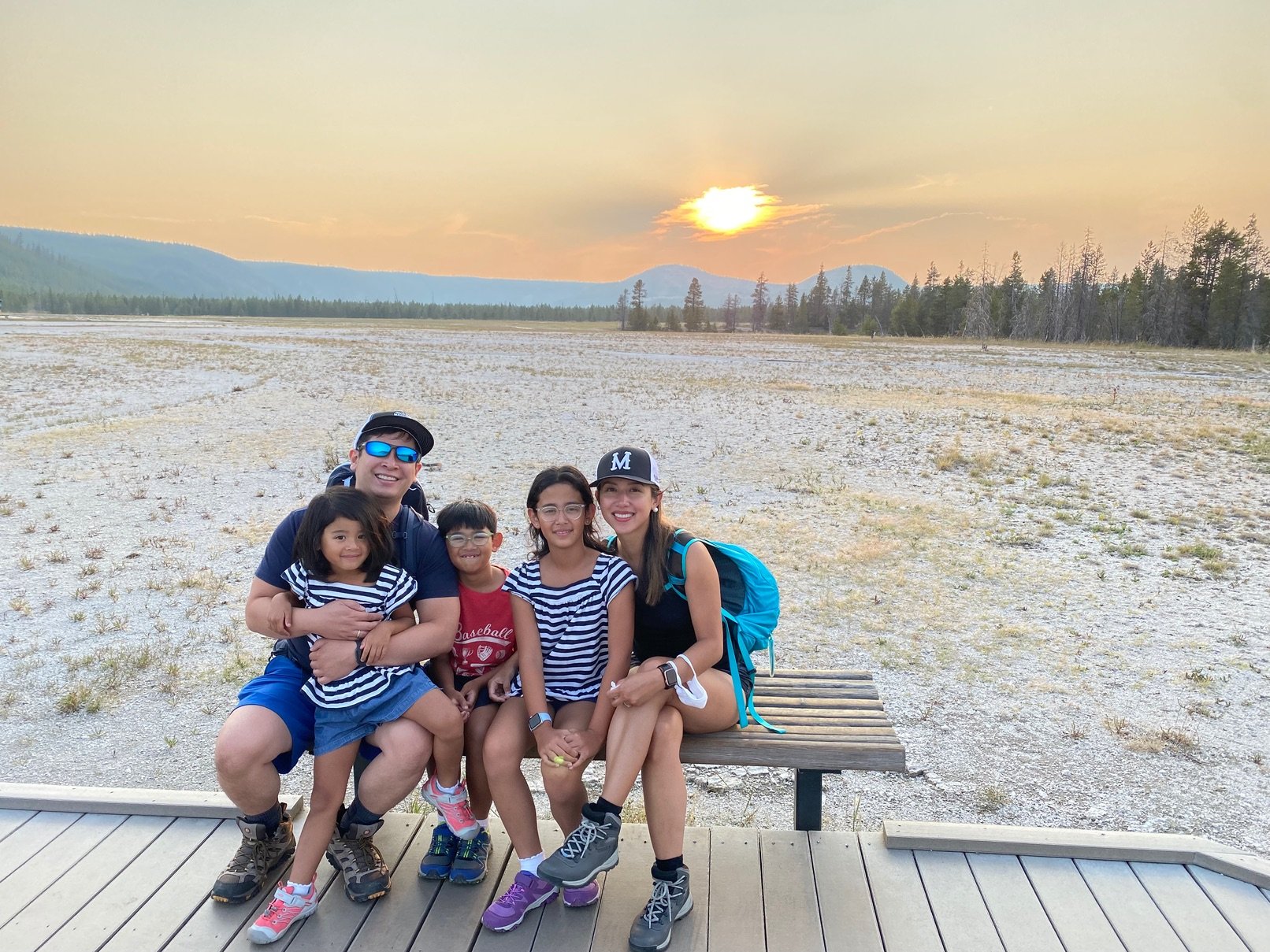Home Away From Home
Where are you now? If you are reading this story while living outside your birth country, you are one of 250 million migrants around the world.
One in 30 people lives outside their country of origin (theguardian.com). In the USA there are 46 million foreign-born residents, approximately 14% of its 332.9 million population. In Singapore, emigrants comprise over 30% of its population of 5.45 million. Regardless of relocation reasons, adaptability and resilience are key to help migrants assimilate into the local life.
Ricardo Seah
Ricardo Seah, 30, was born in Singapore, where his family resides. He left for Canada to study at the University of British Columbia. After graduation, he spent four years on his own working. During his free time he honed his skills in photography.
Rina V. Syjuco, 38, has lived in the US since 2016. Born in the Philippines, she grew up in a family of cooks from whom she picked up her culinary talent that led to a self-run online cake business.
Rina V. Syjuco
Both spent a significant number of years living outside the comfort of their birth countries, making a new home for themselves and integrating their childhood hobbies into their daily life.
Weekly Sparks catches up with Ricardo and Rina to get insights and stories about how they fostered their home away from home.
Reason for leaving home
Ricardo: After National Service [NS], I went to the University of British Columbia to study Psychology. My sister lives in Seattle [USA], but I wanted my own space. Vancouver is not too close for your family to annoy you nor too far so that if you need help you can get it. Yes, you can quote me!
Rina: We went to California for my husband’s MBA. I thought we would only stay for a year. We lived on campus and most of our neighbours were my husband’s classmates and their families from all over the world. We had parties every week learning, each other’s food and culture. It was so much fun.
Adjusting to a new host country
Ricardo: Fortunately, Asian food in Vancouver is the best in North America. Because of Hong Kong immigrants, it is also called ‘Hongcouver’. There are good Asian grocery stores with brands such as Indomie. I was a decent cook before but I got better. You have to learn; otherwise you spend a lot of money in restaurants including tips that you have to add. In Singapore, the price you see in the price tag is the price you pay whereas in Canada, I had to do mental math to add tips and taxes.
My friends were an international mix of people from Latin America, Asia and the US. I also had Singaporean friends - we could drink even in our freshman year, as we were already legal age after NS.
Rina: When we moved to Seattle [from California] after my husband graduated, I started feeling homesick. We decided to stay another year when he got a job offer despite not having family or friends in Seattle. The weather didn’t help at all; it was always so grey and rainy. I spent so much time in the kitchen experimenting with cooking and baking. I also spent time working out and doing yoga, where I met a few people, and made friends with the other moms in my kids’ school.
Ricardo’s first photo publication
Leveling up and integrating their unique acquired skills into their lifestyle
Ricardo: I picked up photography in secondary school. One day a friend from the photography club was taking pictures and I tagged along. He asked me to hold his camera while he went to the washroom. I snapped a few photos and when he saw them, he said, “Wow, you shot these? I think you have an eye, this is something you should pick up!”
A month later my folks got me my first DSLR camera. I taught myself the technical stuff. When I was 17, I went to a floating village in Indonesia for a cycling trip. A cat jumped up on the counter and ate the fish that was supposed to be our lunch. I thought, “Let me make the best out of this and take a photo; I don’t mind waiting for my food.” I posted that photo in Nat Geo My Shot, their online magazine. That was my first publication; the editor picked it for the month.
In Canada, I loved being in nature: the hikes, the air; the scenery is beautiful. A good photographer seeks out rarely seen or unique images by exploring new angles, places and subjects. This really made me appreciate Canada.
Rina: I grew up in a family of cooks. My mom and my grandmothers on both sides of the family cook and my mom bakes, too. I started baking chocolate chip cookies when I was in second grade.
When I was in high school, I started selling apple pie, rum cake and cookies. My mom loved to host and I would sell to her friends. I didn’t buy my ingredients; I didn’t spend anything but I kept all the revenue.
I started supplying a coffee shop with cupcakes, brownies and cookies when I was in college. They were my first business client. That’s when I learned to cost [budget] properly.
I moved to Manila after university. My aunt encouraged me to bake and sell to her friends. One of her friends had her son pick up their order. That’s how I met my husband! It turns out my now mother-in-law had asked if I was single, before she placed her order.
As I was on sabbatical while my husband was studying at Stanford, I started baking a lot. This was where I started to decorate cakes. I learned by watching youtube and enrolled in some influencers’ courses. Every month we would have a children’s party. I would always volunteer to make the cakes.
Local residents’ acceptance
Ricardo: When you are a photographer, you see things that others might overlook. Having “an eye” means you can capture something that people may have seen a hundred times but you shoot it in a way that has yet to be seen. A photo can communicate an intense feeling out of something that is quite ordinary.
Narcity, a Canadian online magazine featured me as one of “12 Photographers To Follow” and one of “33 People With Bad-ass Jobs.” I also taught photography for 3 years as a side job, because I am passionate about people getting out of auto mode and seeing the world.
I always have stories to tell behind my photos. I remember what I smelled at that time, what it felt like, who I was with. Whenever I have friends over who say, “let’s look at your photos,” they also like hearing the stories.
Rina: In the beginning I thought my market would be my local community as we live close to 3 schools. But after I was featured in the local Seattle news and on ABS-CBN (a Filipino network), my Filipino-American clients started growing.
I don’t deliver so some travel as much as 2 hours to pick up my cakes. I’ve made wedding cakes, which were brought to venues miles away.
Best sellers are my ube [yam] cake and my chocolate fudge cake. My confetti cake, which is a vanilla buttermilk cake with sprinkles, is also very popular.
With excess ingredients, I started selling 4-inch cakes, good for 2-4 people on Instagram in “flash sales”. They are snapped up in 1 hour!
Half of my clients are Filipino-Americans. People who have lived here for a long time say it’s been ages since they had a really good ube cake or caramel cake. It warms my heart when they say, “I’m so thankful that you’re here. You brought home closer.” I am reminded why I do this.
A sense of home
Ricardo: In Canada home was Food, Friends and Freedom. Home meant eating comfort food; I learned to cook a good char kway teow. Whenever I travelled to Singapore, I came back with pre-mix for chicken rice and laksa. It’s nice to have friends who enjoy the same home-cooked dishes.
After 9 years in Canada, it was time to return to Singapore. My parents were worried about the Covid situation and convinced me to move back. Now home is Food, Friends and Family, not necessarily in that order. My family has grown, too, as I have a two-and-a-half year old niece who lives with us, and it is fascinating to watch her grow.
Rina: Home is my family: my husband and my 3 kids. Wherever they are is home.
2022 outlook
Ricardo: I started a new job as Product Manager at StaffAny. We develop apps that help to manage the staff rostering. The job calls for a creative problem solver. If a problem was straightforward then a computer algorithm could solve it. But you need humans to empathise with humans, as that is where staffing problems come up.
Rina: While I love to bake, my schedule revolves around my husband, kids and our puppy. Honestly, before the business, baking was just an outlet for creativity. When I was getting too many orders, I got a little burnt out. In June 2021 I baked 35 cakes singlehandedly that month! I was overwhelmed. My husband encouraged me to take a break.
Recently, my son was diagnosed with a cocktail of language learning disabilities so most of my time is spent tutoring him and taking him to his specialists and therapies. I still bake, but have not been accepting as many orders as I want to because of time constraints.
Listening to Rina and Ricardo reminds me of the times I moved and made new homes in Jakarta, London, Rotterdam, Bangkok and Singapore. Values, priorities, trade-offs, purpose: these define you and help you build your home, whether that is in your birth country or not.
Roxanne | ws
Ricardo Seah: Website: ricardography | IG: @ricardography | FB: @ricardography | Narcity: 33 Guys with Bad-Ass Jobs in Vancouver, 15 Super Talented Vancouver Photographers You Must Follow
Rina Syjuco: IG: cakeson28th | FB: rinavsyjuco























